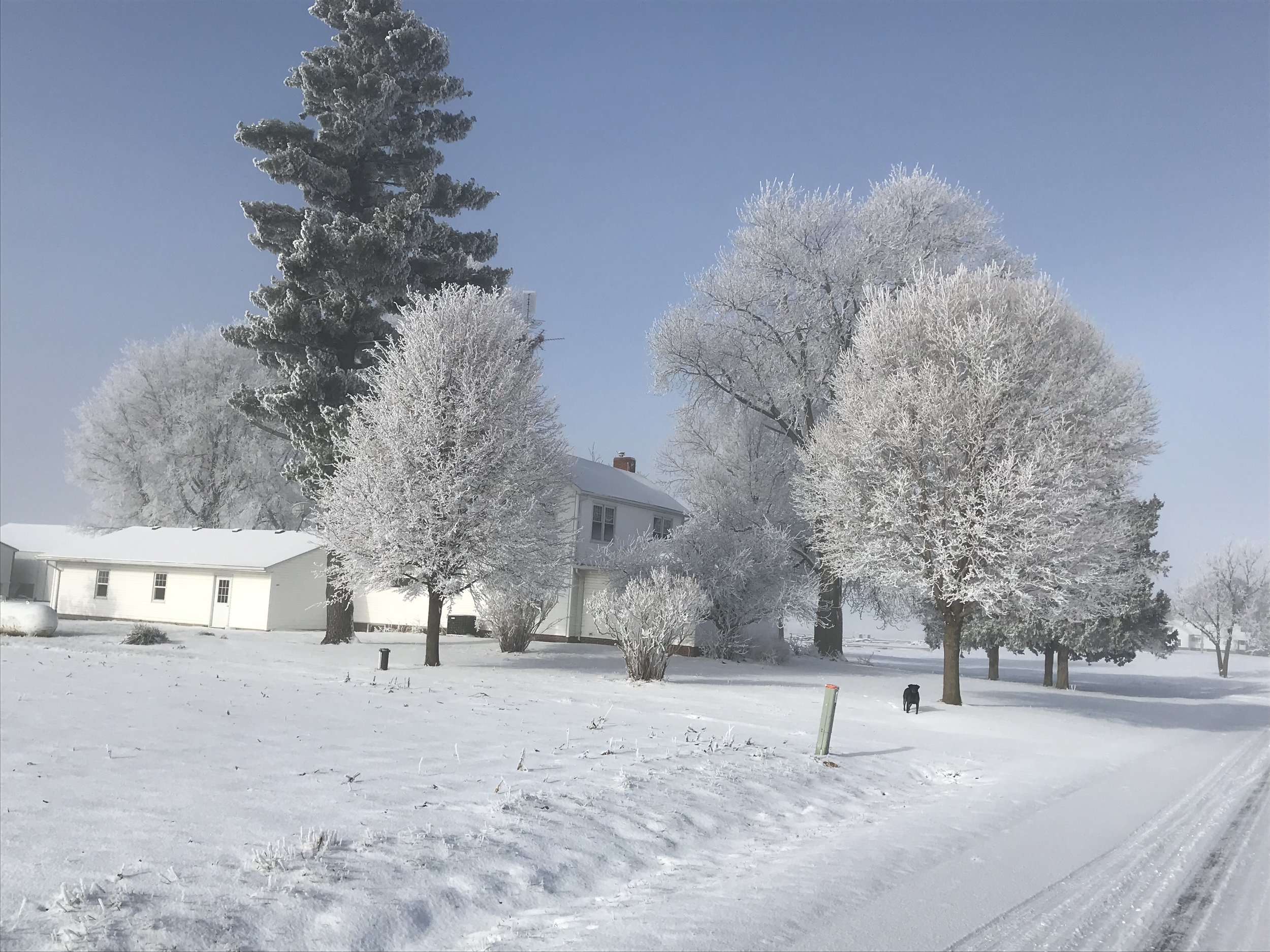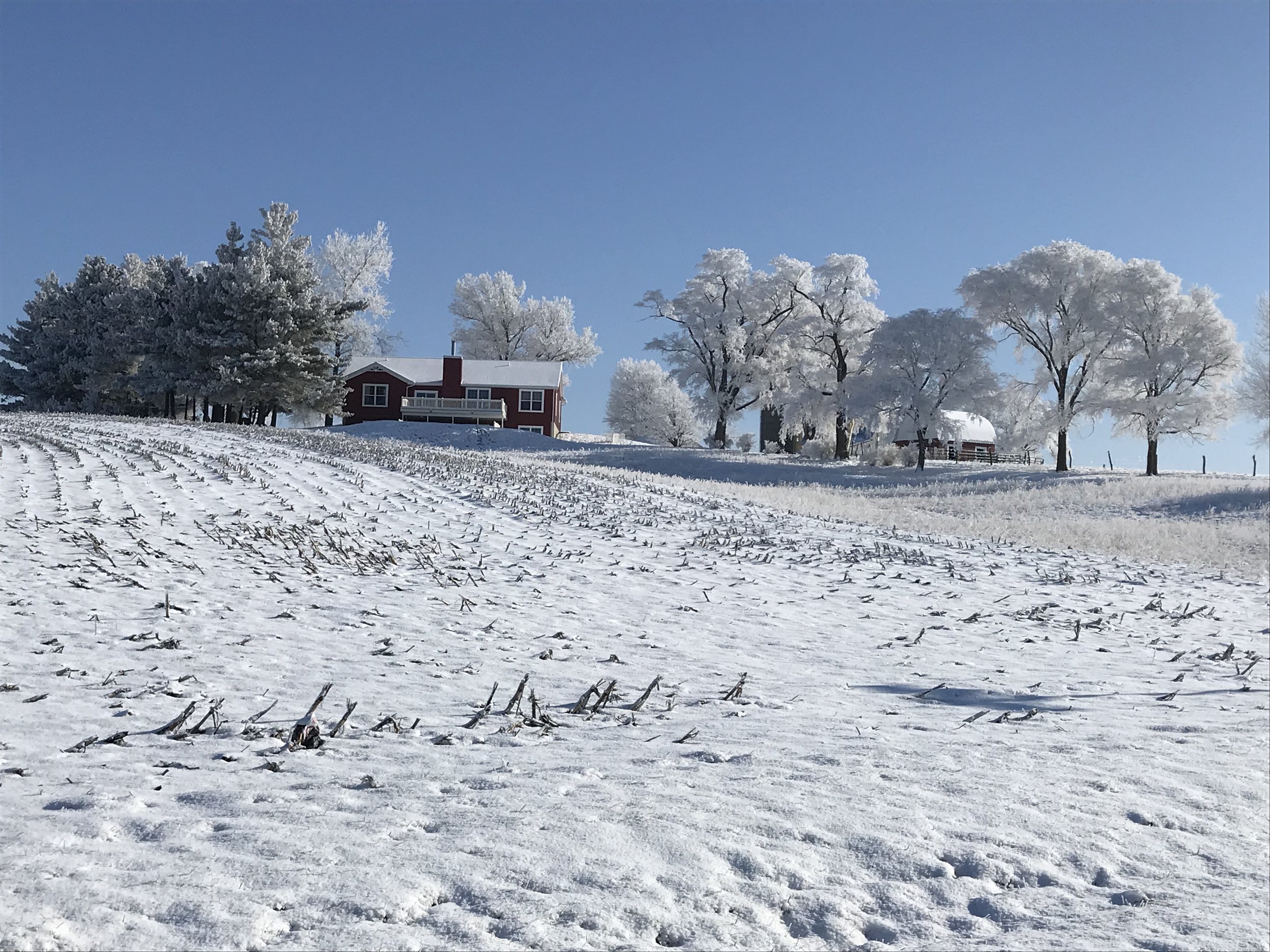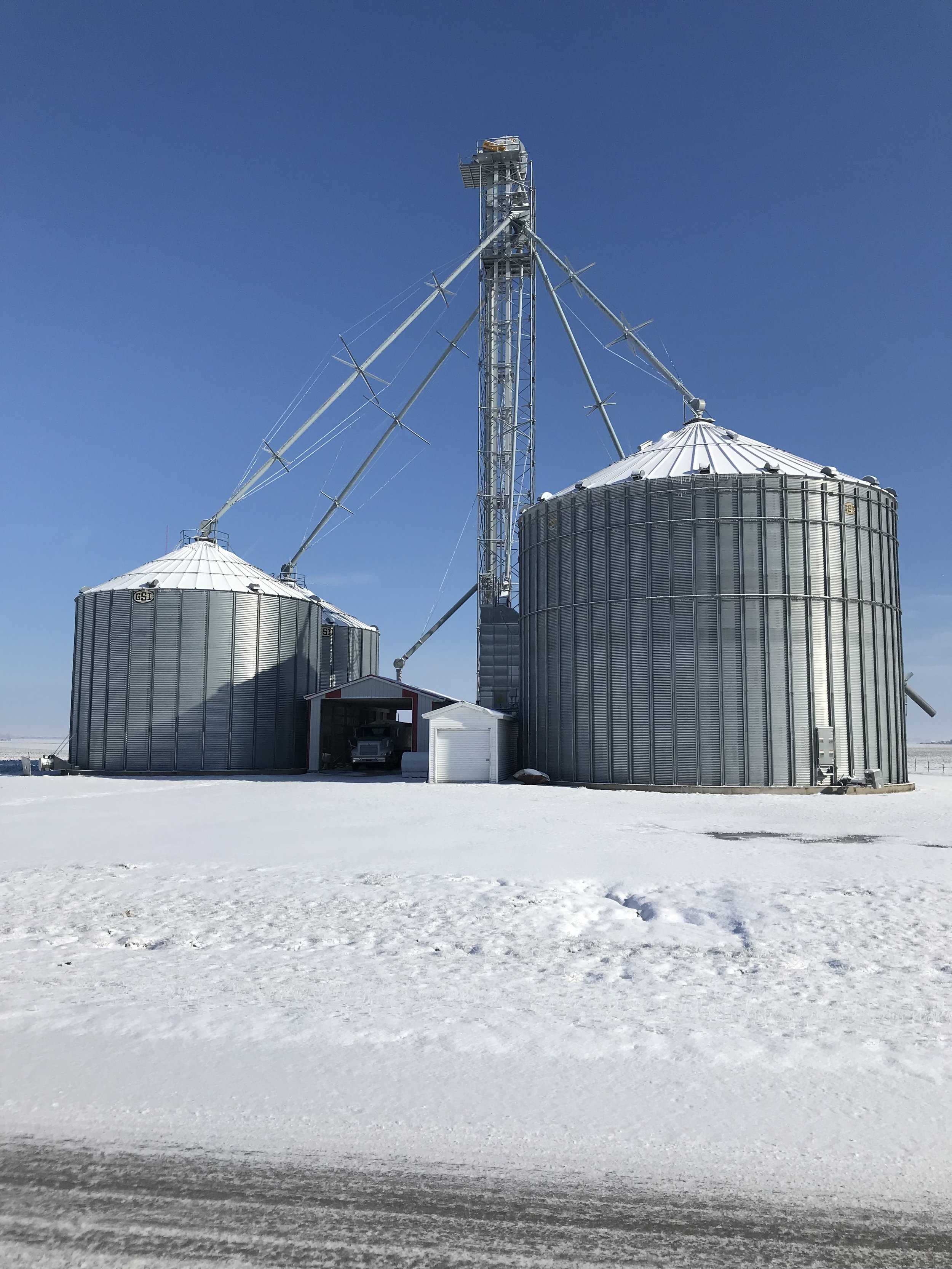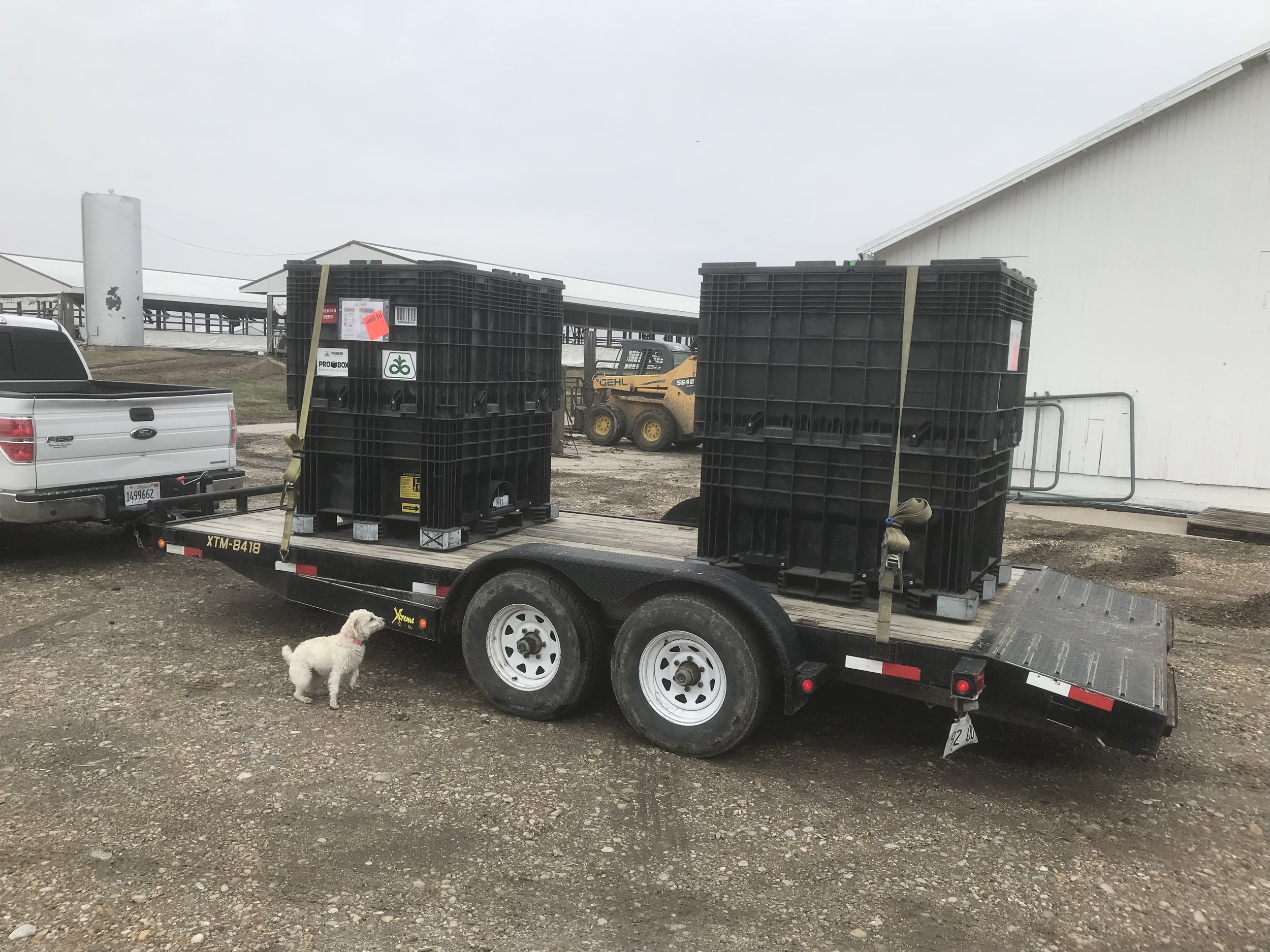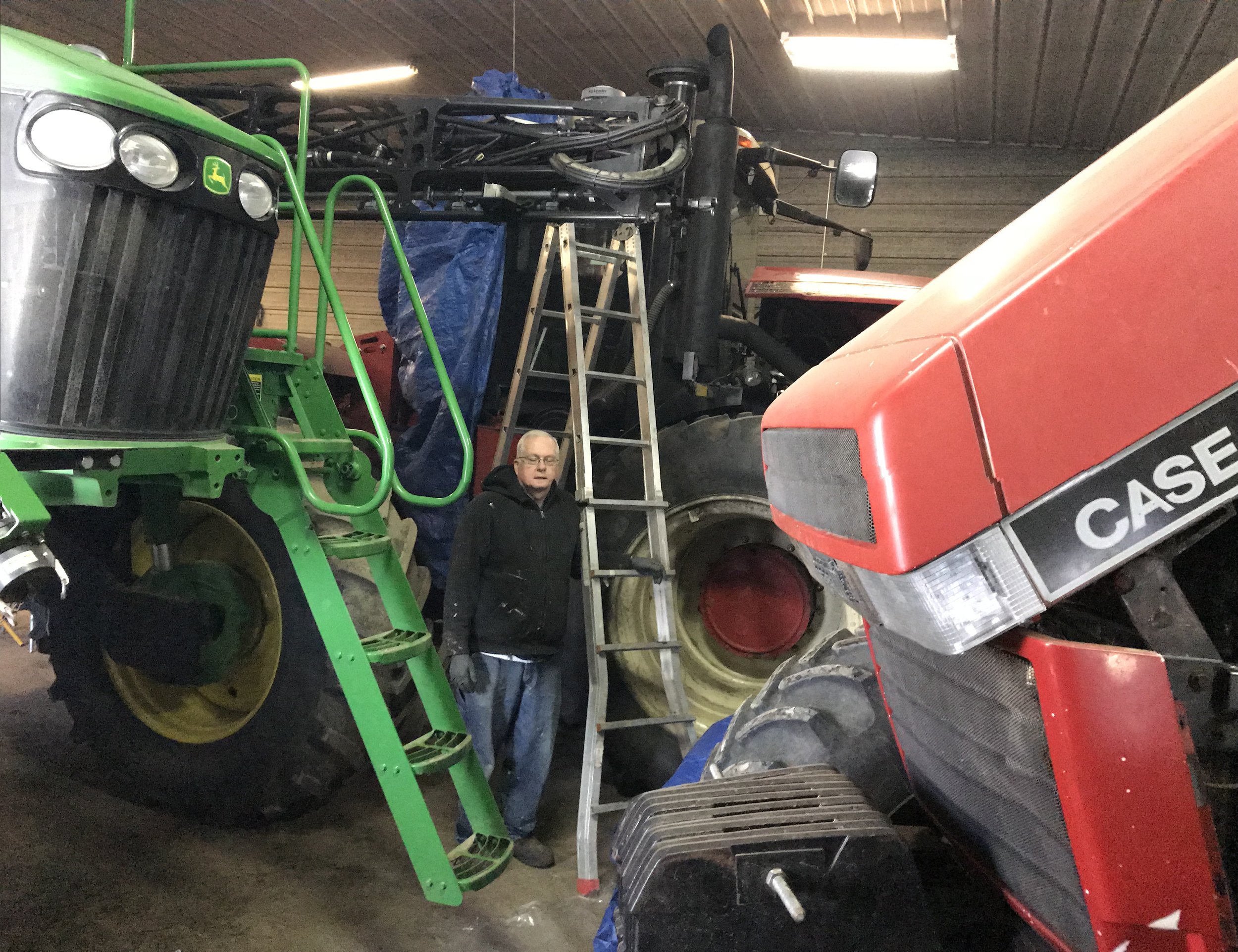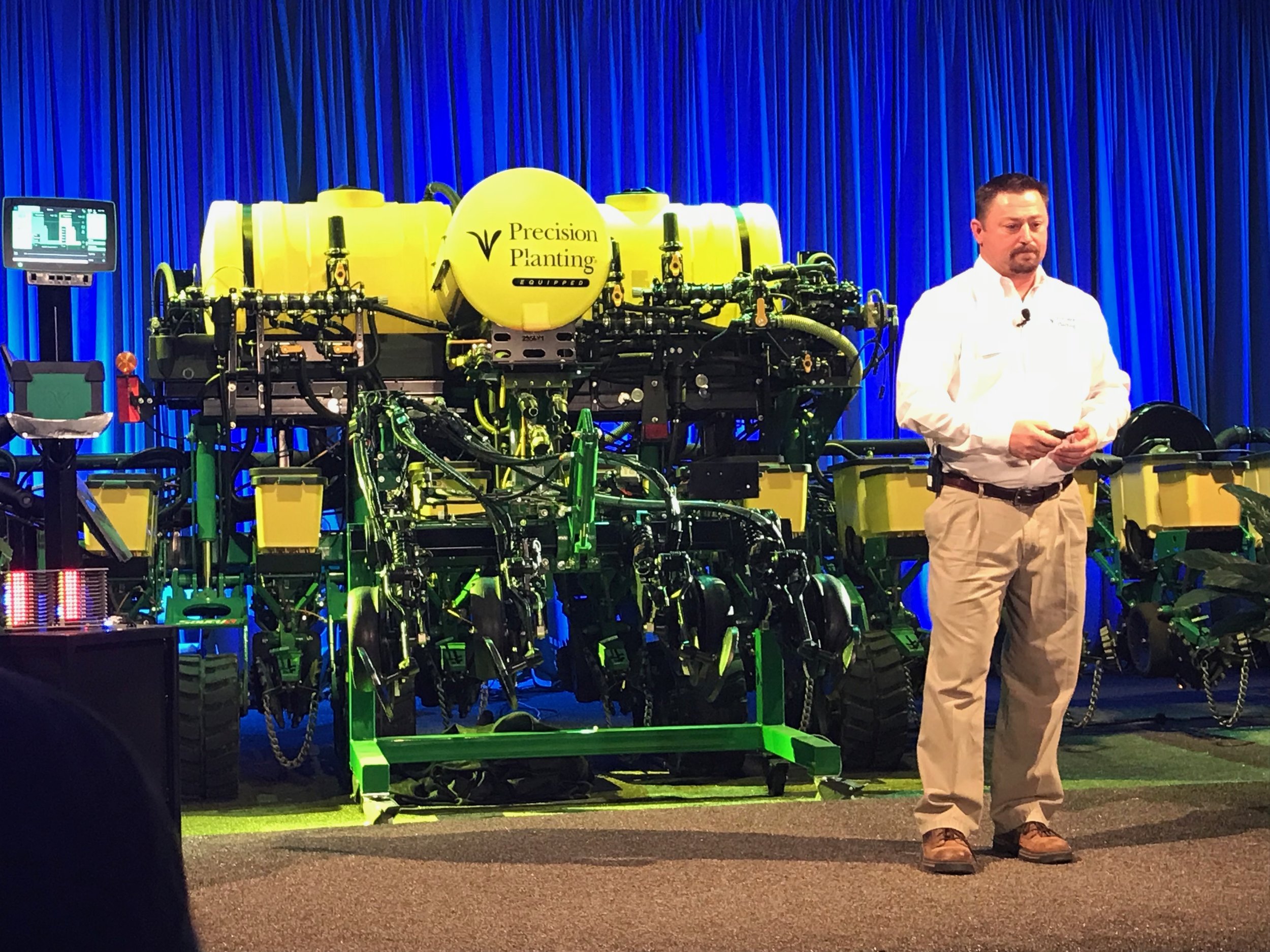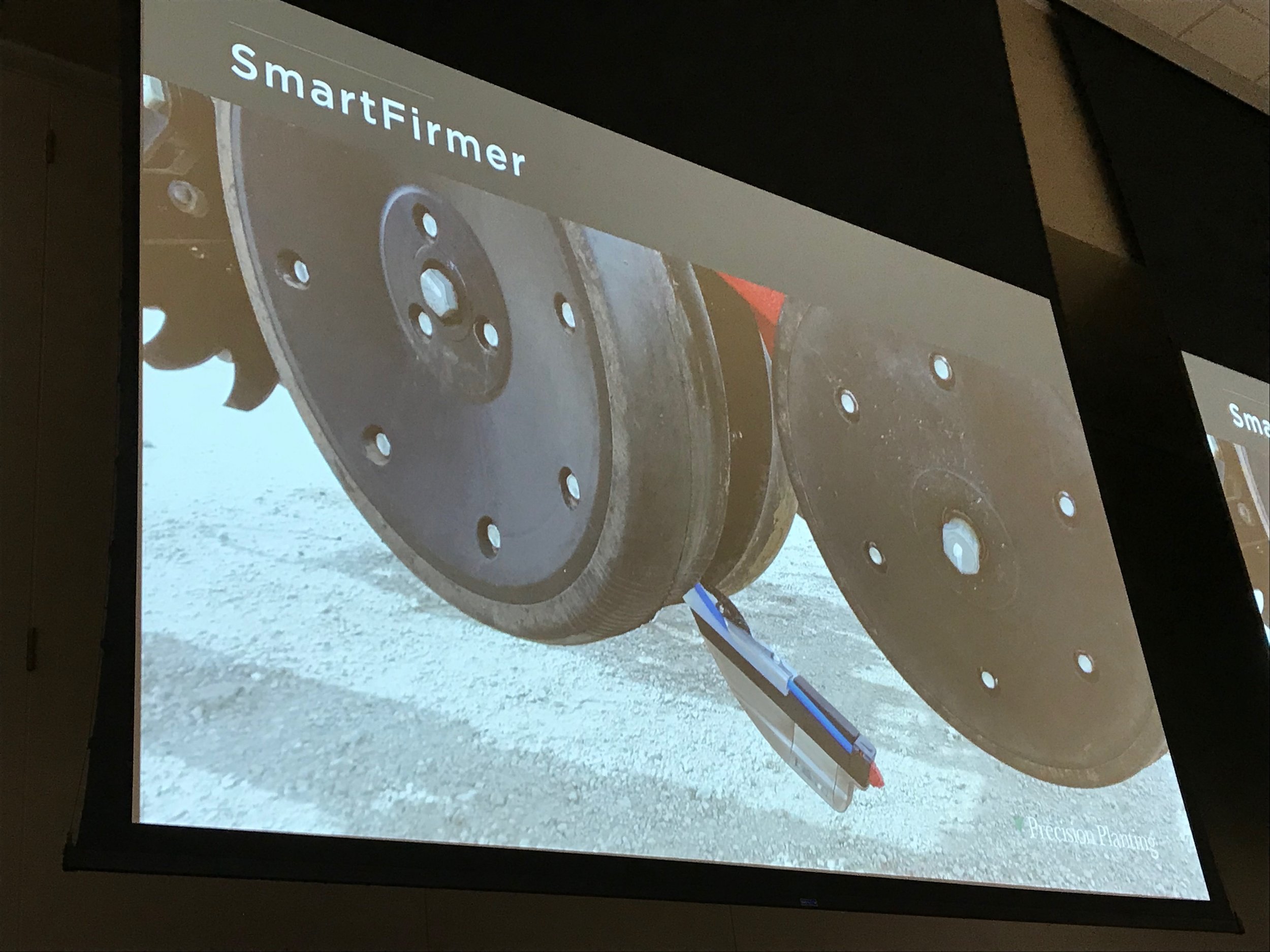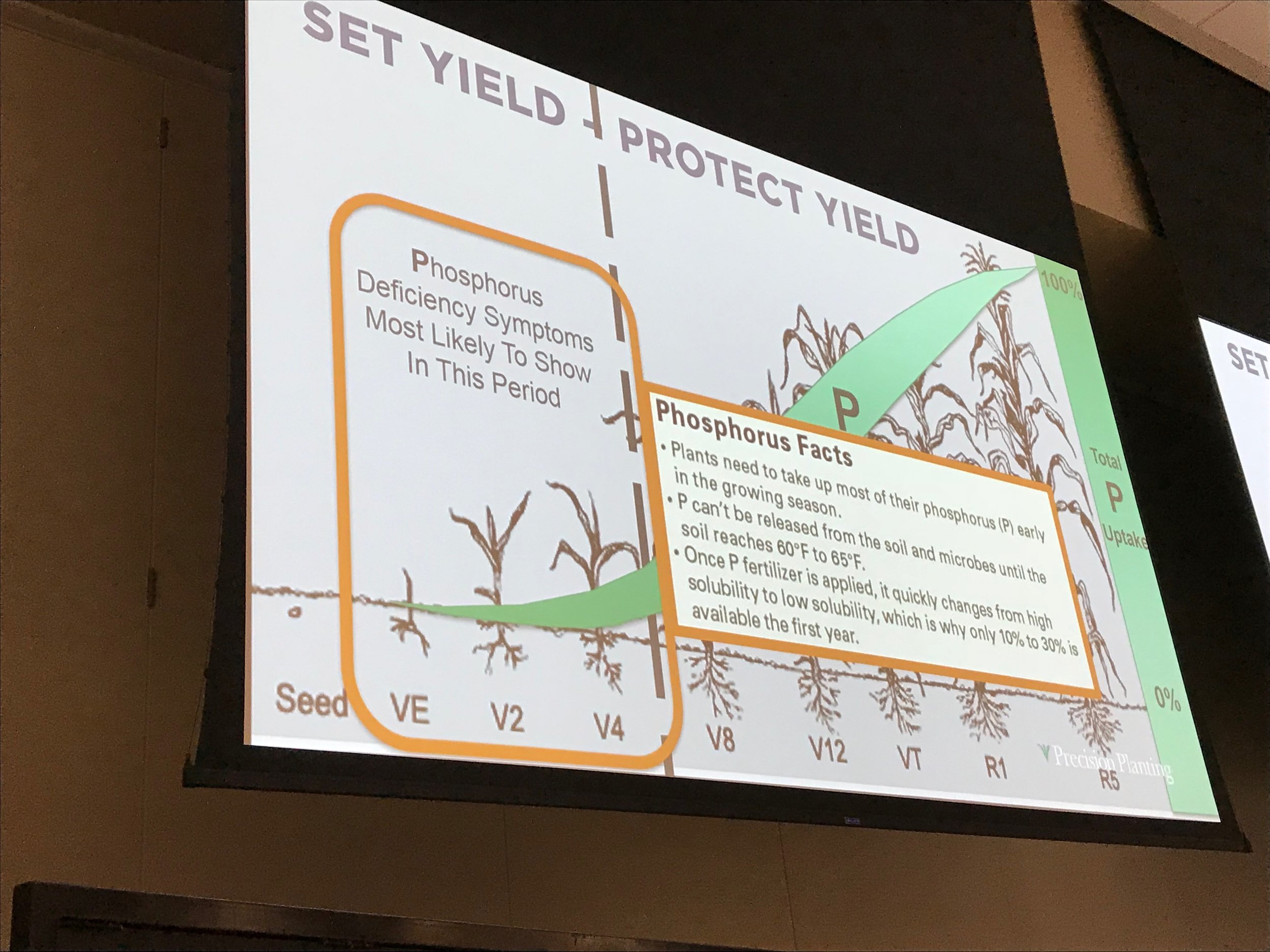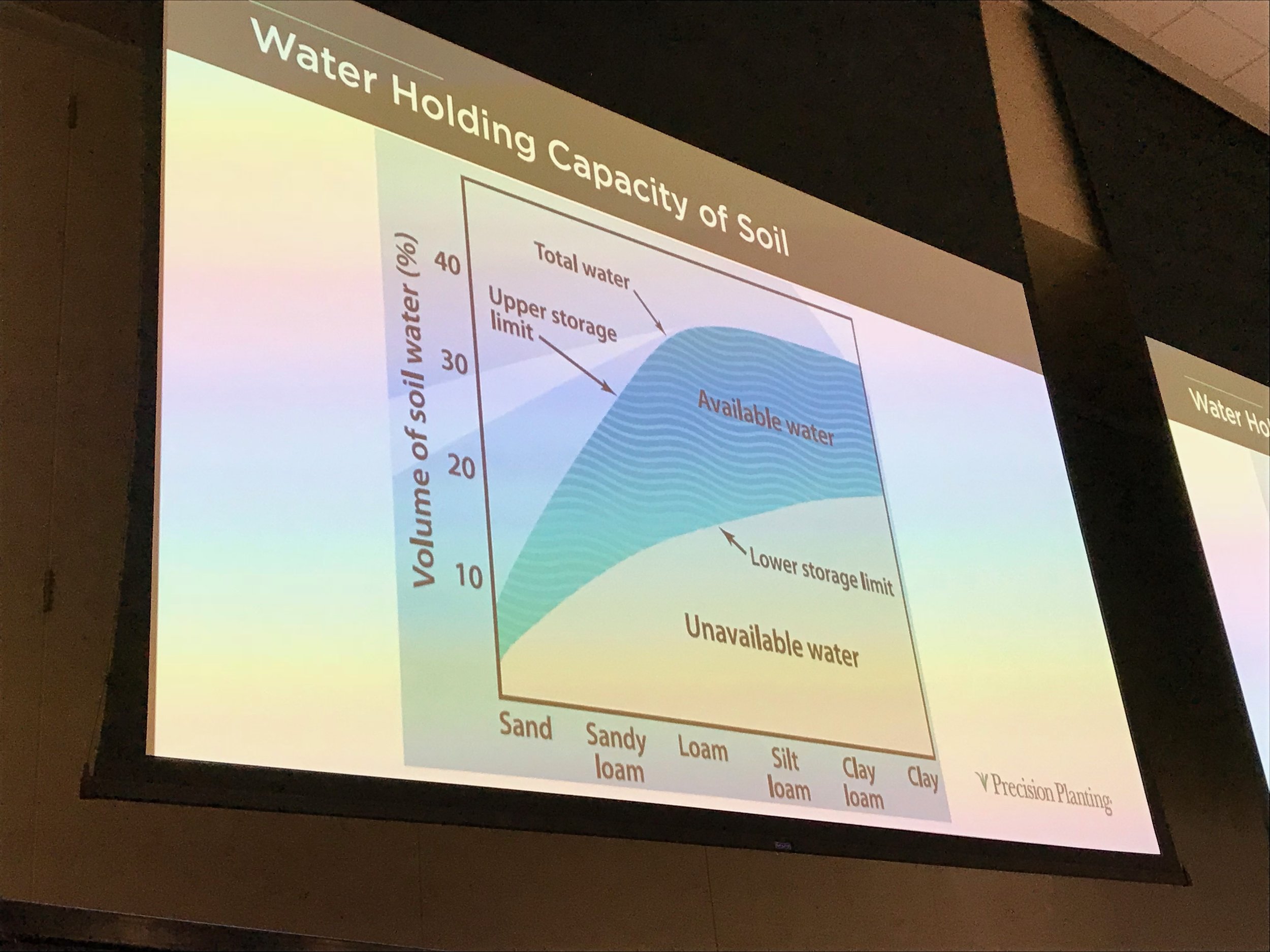Test Plots, Graduations, and Weddings
/






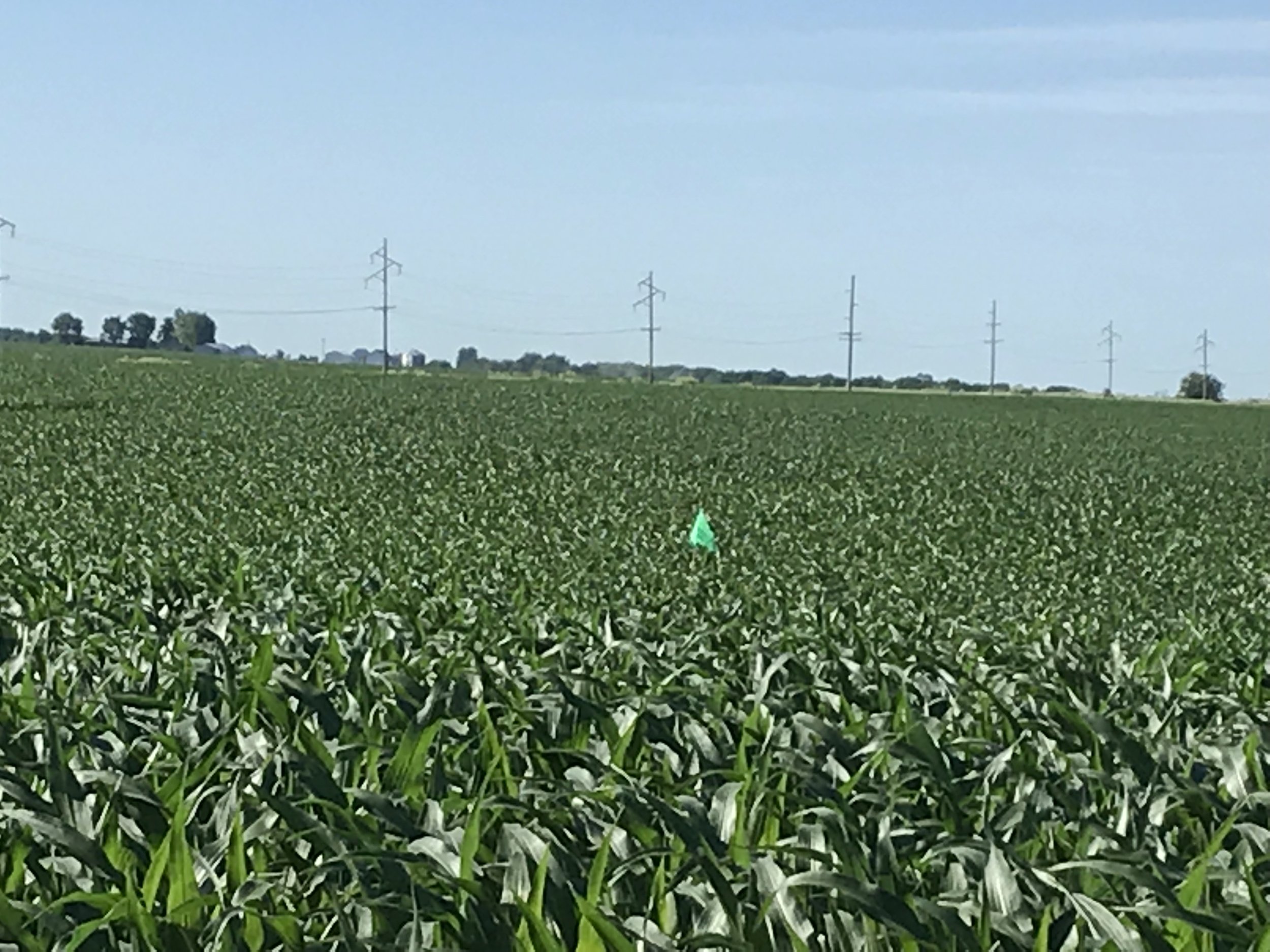
Partners,
We just completed the busiest season of the year -- not planting or harvesting, but getting the crops sprayed and fertilized and laid by, while keeping up with fun family and social events on the calendar!
We still have some late spraying to do on the seed beans we are raising, but we had to wait on the seed to be delivered so planting was delayed. Seedling emergence this year is excellent in both corn and beans. Stands are very even and we have not had big rains to cause drowned out spots or soil crusting problems. We try very hard to keep field edges and fence rows and roadsides maintained to control weeds and prevent brush from getting a foothold. That work needs to be done while the crop is still small enough to drive through. We also have a considerable amount of grain contracted for June delivery so Charlie S. is busy with that job. Commodity prices are faltering due to the lack of weather concerns. Corn is down almost 30 cents and soybeans are 40 cents lower than highs made in the last month.
For the agricultural sector, the big news is the Bayer purchase of Monsanto. Bayer has announced that they will drop the Monsanto name going forward. It does have a reputation (whether it is deserved or not?) of being the big bad bully on the playground. Bayer had to divest itself of over $6 billion worth of subsidiaries to get the deal past the US Justice department. There are basically 3 seed/chemical companies remaining in the world. Businesses have been consolidating since time began.
The past few weeks have been a busy time for family events. Alison graduated from Wayland Academy in Beaver Dam, Wisconsin, on May 20th. Our nephew, Luke Hess, was married May 26 in Peoria Heights, Illinois, and our nephew, Lance Doll, was married on June 1 in Macomb, Michigan. It was really great to have these three fun family weekends.
Fall Prices:
Corn: $3.68/bushel
Soybeans: $9.54/bu
Keep in touch and enjoy the summer!
Steve








